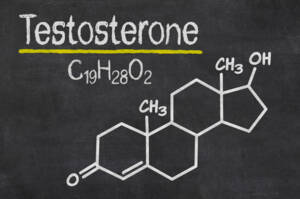
Exercise is one of the most effective ways to prevent many lifestyle-related diseases. Not only that but it can also boost your testosterone levels. One 2015 study involving men with obesity found that increased physical activity was more beneficial than calorie restriction for increasing testosterone levels.
Resistance training, such as weightlifting, has been shown to boost testosterone levels in the short term.
HIIT can be very effective as well, although all types of exercise should work to some extent.
Vitamin D is a micronutrient that plays a key role in many aspects of health. Despite its importance, up to 1 billion people worldwide are deficient.
Some research shows that low vitamin D levels may be linked to lower testosterone levels.
To maintain healthy levels of vitamin D, try to get regular exposure to sunlight or consider taking a vitamin D3 supplement.
Getting good sleep is as important for your health as diet and exercise.
The ideal amount of sleep varies from person to person, but a small 2011 study found that sleeping only 5 hours per night was linked to a 10%–15% reduction in testosterone levels.
Interestingly, one study involving older men found that an increased sleep duration of up to 9.9 hours was associated with increased testosterone levels.
Although some people do fine with less sleep, most research recommends aiming for at least 7 hours every night.
The relationship between alcohol and testosterone is complex. Some research suggests that excessive alcohol consumption can decrease testosterone levels.
Testosterone levels may drop as quickly as 30 minutes after you drink alcohol. Heavy alcohol use can lead to reduced testicular function and testicular atrophy.
Interestingly, studies involving adolescent boys and young men have found that testosterone levels can be used to predict alcohol dependence or the onset of alcohol use. Higher levels in the saliva or blood are associated with heavier use of alcohol and younger age at the onset of alcohol use
